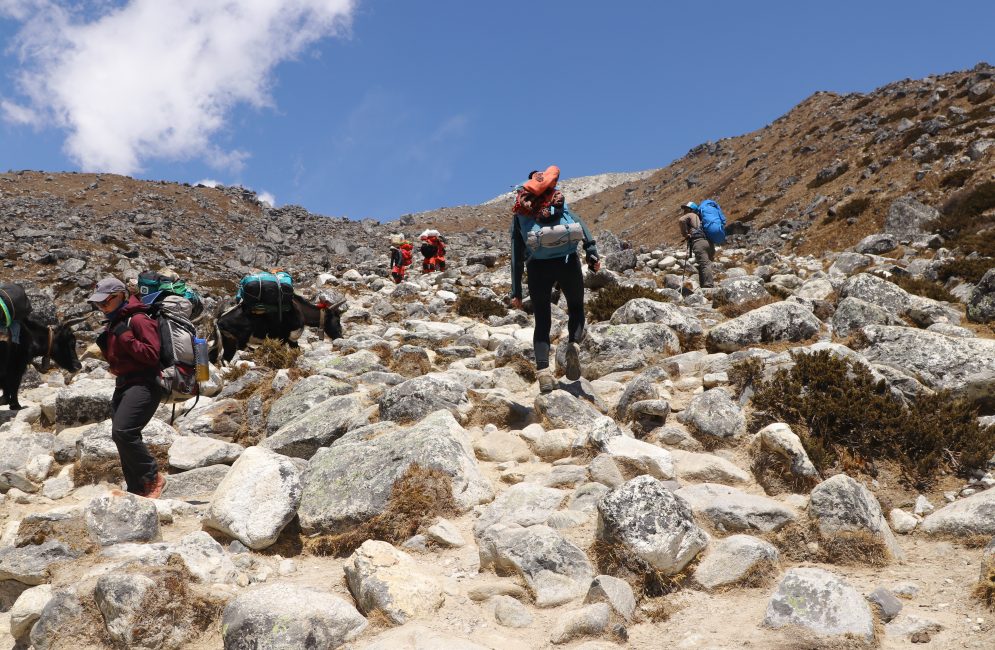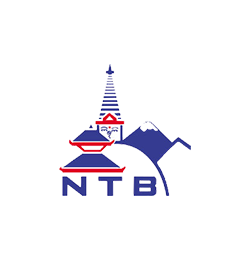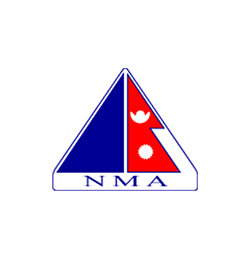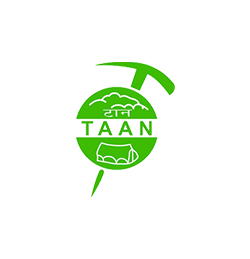
Trekking, climbing, and expedition are all challenging, adventurous activities that present many obstacles. In order of difficulty, trekking comes as the easiest and expedition as the hardest. But the challenge is subjective to a person’s view of the task. However, everyone can address a few hurdles that may arise during travel and prepare to tackle them.
Trekking, climbing, and expedition in Nepal are some of the most popular adventure activities to do. Owing to its diverse geography and the glorious mountains, Nepal has become a hub for mountaineering activities over the years. Himalayas attract travelers from all over the world. Undoubtedly, the beauty is incomparable, and thus the journey is beyond rewarding.
Risk related to Trekking, Climbing, and Expedition
The three activities of Trekking in Nepal, climbing in Nepal, and expedition have a varying level of technicality. However, all three of these activities have one thing in common. Wherever you are traveling, health and safety remain a significant concern. While trekking, climbing or going on an expedition, you have to make sure your health and safety is not at risk.
There are various ways to stay safe and healthy during travel. We will be discussing more on the topic of First aid and medical kit in this article. Preparing for first aid and medical kit can go a long way to make sure you have a safe trip. In any circumstance where you cannot prevent physical harm, first aid and medical kit are the immediate resources you will depend on.
Thus, being fully aware of what to carry in your first aid and medical kit can be of great benefit.
For basics, you need to prepare a first aid kit that includes all necessary items to aid physical wounds or sickness immediately.
You never know when you might be at risk while traveling. Especially when you engage in an adventurous activity such as trekking, climbing, or expedition, you may face anything between a minor injury to a major traumatic health risk. Hence, first aid and medical kit help deal with situations that arise when the risks turn real.
Some common risks related to travel includes
- Burns
- Cuts
- Abrasions (scrapes)
- Stings
- Allergies
- Splinters
- Sprains
- Strains
Moreover, there are additional risks that cannot be dealt with immediately and need time to cure. Some examples of these risks are:
- Fever
- Nasal congestion
- Cough
- Sore throat
- Mild pain
- Gastrointestinal problems
- Skin problems
First Aid Kit for Trekking, Climbing, and Expedition
As mentioned above, a well prepared first aid kit can be of immediate help in health and safety risks. A first aid kit should include:
- Adhesive tape
- 4″ x 4″ sterile gauze pads
- Antacid – for indigestion
- Antidiarrheal medications (Imodium, Pepto-Bismol)
- Antihistamine cream
- Exam gloves
- Antiseptic agents (small bottle liquid soap) – for Safe cleaning wounds and open skin
- Aspirin – for mild pain and possible heart attack
- Adhesive bandages (various sizes)
- Diphenhydramine (Benadryl) – oral antihistamine
- Cough medication
- Exam gloves
- Small flashlight
- Ibuprofen
- Insect repellent
- Moleskin – to apply to blisters or hot spots
- Nasal spray decongestant – for nasal congestion from colds or allergies
- No adhesive wound pads
- Polypore antibiotic ointment
- Iodine or other water purifier tablets/liquids
- Oral decongestant
- Scissors
- Thermometer
- Tweezers
Some additional items you can use are lighters, Swiss knife, and a manual book to guide you during emergency cases. Being well prepared on when and how to use the items listed above is equally important as carrying the kit. It recommended that all members of the group traveling with you remain aware of what to do during emergencies and how to use each item of the first aid kit.
The first aid kit should consist of items required during immediate aid. Thus, make sure you have a proper first aid kit bag to store these items. A safe way is to organize each item so that you have no trouble finding what you need when you are in a hurry.
Medical Kit for Trekking, Climbing, and Expedition
Besides the first aid kit, it is recommended that you carry other medications that can come in handy. The list of medical supplies include:
- Altitude sickness pills (Diamox)
- Sterile wet wipes
- Sunscreen
- Multivitamin tablets
- Throat lozenges or hard candies
You may add on to the list per your health needs.
While trekking, it is best to keep the first aid kit in your day backpack. You never know when you might need it. Thus, it is best to keep it in the most accessible place. On the other hand, you can store the other medical supplies in your luggage backpack or anywhere else to save space.
Besides the first aid kit and medical supplies, there are other ways to ensure your health and safety. To begin with, make sure you take immunization shots for Typhoid, Polio, Meningitis, Hepatitis A and B. Sometimes, the immunization takes a period to start working correctly. Make sure you get these immunizations after consulting a doctor about their effectiveness and correct time of injection. In addition to these shots, make sure you also have a fresh tetanus shot.
Important Advice for Travelers
If you are planning to travel at high altitudes or engage in some mountaineering activities, run a health check-up from a doctor regarding your body’s ability to withstand the environment of the trek. Sometimes, the immune system is not capable of acclimatizing and lacks particular inner abilities to cope with the trekking requirements. Thus, it must be good to go with a doctor’s permission. This can also make you aware of the health risks you should be careful of.
In recent years, there have been many cases of vector-borne diseases in Nepal. It was mostly found in the southern plains of Terai. To be on the safer side, carry some anti-replant if you are traveling to the southern region of the country during summer.
Lastly, to stay healthy, it is important to be mindful of your hygiene and be careful about what you eat. Especially, try to avoid eating anything from street vendors. Unhygienic food and water can lead to serious digestive system problems such as dysentery, cholera, diarrhea, etc. Most cases of these illnesses arise from either amoebic or bacterial infections contracted from the food of poor hygiene.
Conclusion
The topmost priority while traveling should be one’s health and safety. The equipment mentioned above list, along with strategies to stay healthy, can lead to an unobstructed journey. Make sure you keep yourself healthy and safe!






